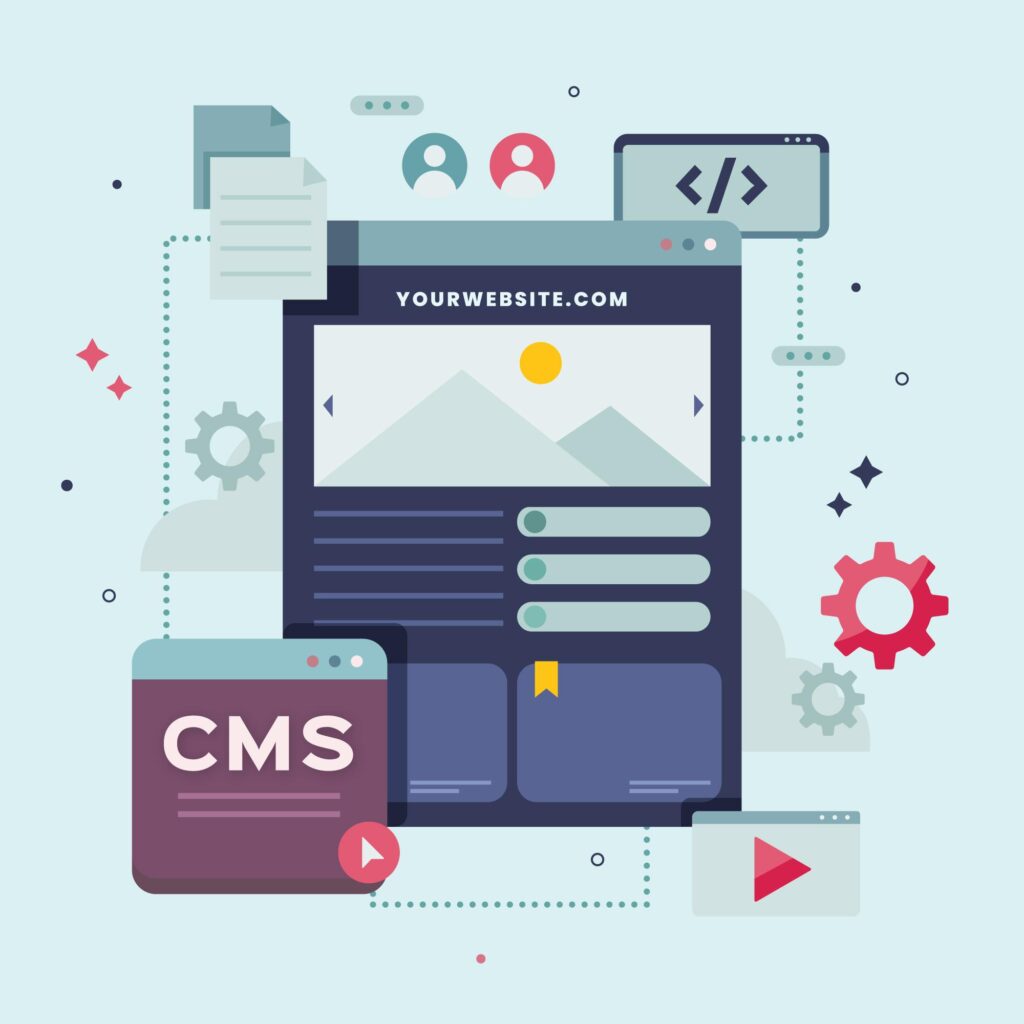
Sustainable Web Design 2.0: The Future Is Green
Hey, web designers, time to buckle up! It is time to explore the intricacies of the sustainable web design 2.0. By blending in style, function, and a serious commitment to the planet, this is revolutionizing how a web design company perceives website design and development.
In this blog we will explore how sustainable web design is reshaping the digital world by reducing the carbon footprint of websites, boosting performance, and making it futuristic. So, let’s roll!
The Big Picture: Why Sustainable Web Design Matters
The internet’s a power-hungry beast. Data centers, servers, and billions of devices chug along 24/7, guzzling energy and pumping out CO2. Statistically, the digital sector accounts for 2-4% of global greenhouse gas emissions, and that’s growing fast. Users add to the carbon footprint of websites with every click, scroll, and video stream.
But you can change this. By embracing an eco-friendly web design, you can flip the script and create amazing-looking websites that load lightning-fast, too.
So, embracing sustainable web design is a win-win. You lower energy use, reduce hosting costs, ensure UX, and contribute to making a healthier Earth. Plus, search engines like Google love fast, lean sites. So your green efforts could boost SEO rankings too. Don’t you feel it’s time to rethink your website design and development with sustainability at the core?
Building the Foundation: Sustainable Design Principles for Websites
Let’s break down the how-to. Remember, sustainable design principles for websites start with efficiency. Every byte counts, so no bloated code, massive images, and clunky scripts. They jack up energy use. Here’s a starter kit of the best practices for sustainable web designs.
- Optimize Assets: Compress images, minify CSS, HTML, and JavaScript, and use modern formats like WebP—smaller files = less server strain and faster load times.
- Lean Coding: Write clean, efficient code. Ditch unused scripts and streamline your stylesheets. Less processing power = less energy.
- Green Hosting: Choose a hosting service provider powered by renewable energy.
- Lazy Loading: Load images and videos only when they hit the viewport.
- Caching: Use browser and server caching to cut repeat data transfers. Faster for users, lighter for the planet.
These web design best practices aren’t just green—they make your sites load faster, keeping users hooked and slashes energy use.
The Payoff: Benefits of Sustainable Web Design
The benefits of sustainable web design are huge. Once you know about it, you would want to go all in. So, let’s look at the metrics it hits for a six.
- Speed: Lean sites load faster, making users stick around. Bounce rates drop, and search rankings climb.
- Cost Savings: Smaller files and efficient hosting cut bandwidth and server costs.
- User Experience: Fast, clean sites delight visitors. Happy users mean more engagement, conversions, and loyalty.
- Planet-Friendly: Low-carbon websites use less energy, shrinking their environmental effect. Imagine what the collective effort will be if every site trimmed 10% of its emissions? Huge, right!
- Brand Boost: Clients love being eco-conscious. It’s a selling point. Sustainability is hot, and consumers dig it.
Eco-friendly web design aligns your work with a growing demand for green solutions. It’s smart business that will drive your revenue growth.
Web Sustainability Best Practices: Tips for Web Designers
Ready to roll up your sleeves and dig deep into sustainable web designs? Here are some web sustainability best practices to make your websites shine brighter:
- Design Smart: Keep layouts simple. Avoid heavy animations or complex gradients and stick to system fonts or lightweight custom ones.
- Color Matters: Dark themes can cut energy on OLED screens. So, offer a dark mode option.
- Responsive Design: Optimize for mobile. For your business, it means more users but less energy consumption per device. Use media queries to serve only what’s needed.
- Ditch the Bloat: Audit plugins and third-party scripts. Throw away everything that spikes your energy use.
- Measure It: Monitor and measure site’s footprint regularly. Aim for an A+ in sustainability.
These tricks aren’t hard, but they demand focus. Choose your partnering eco-friendly web design company wisely and watch the magic unfold.
Challenges and How to Tackle Them
Yes, it’s not all smooth sailing. Clients might balk at switching approaches. It costs money. But educate them. Show them how to make their eco-friendly web design, a competitive differentiator.
Know their pain points and address them. For example, tools and hosting can cost more upfront. So, highlight long-term savings. Push past the hurdles with creativity and data, and you’ll win.
Call to Action: Go Green Now
Sustainable Web Design 2.0 is your chance to shine. Engage with a professional web design and development agency in New York and embrace eco-friendly web designs. Build sites that scream style and whisper emissions. Follow web sustainability guidelines, test your work, and tout the benefits of sustainable web design.
The planet’s clock is ticking—data centers, devices, and users are waiting for you to act. The future of sustainable web design starts with you—let’s do this!
Leave Your Comment